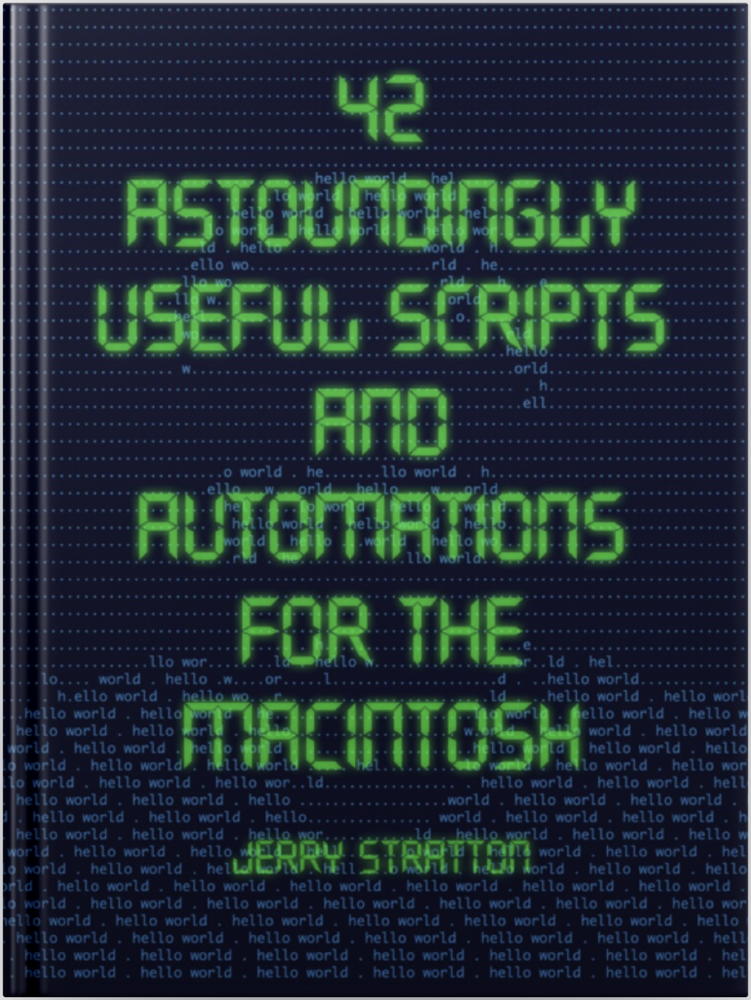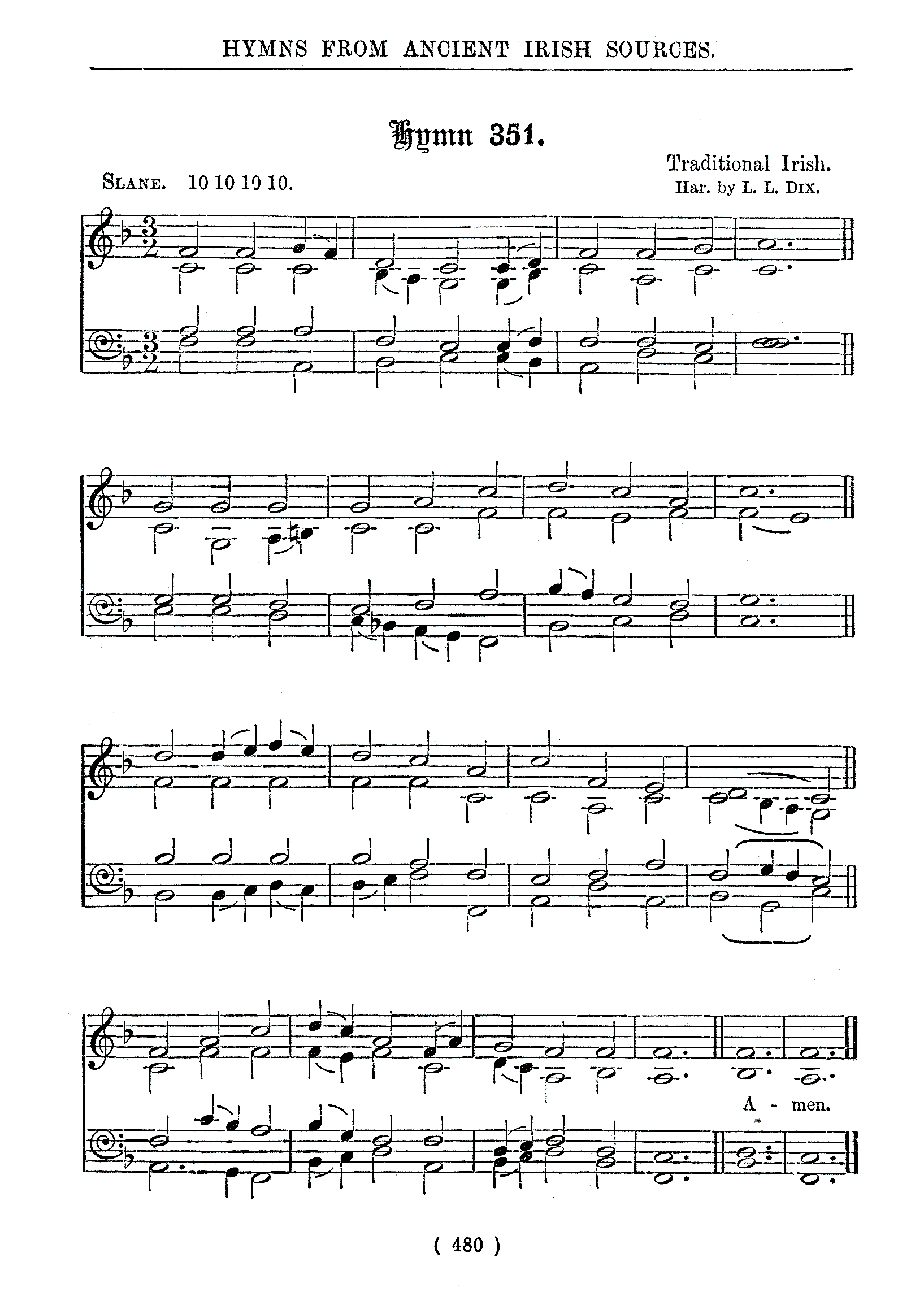
How Great Thou Art is not specifically an Easter hymn, but it is a hymn of both infinity and rebirth. “I see the stars” was written by someone who knew what the stars were—a near infinity of worlds spread throughout a vast and unimaginable universe. “I hear the rolling thunder”’ evokes the spring and early summer storms that literally replenish the earth with the power of lightning.
The Swedish author, Carl Boberg, confirms this interpretation:
It was that time of year when everything seemed to be in its richest colouring; the birds were singing in trees and everywhere. It was very warm; a thunderstorm appeared on the horizon and soon there was thunder and lightning. We had to hurry to shelter. But the storm was soon over and the clear sky appeared.
The second verse is our yearning to wander the replenished earth after a hard winter, to hear the birds sing again, and to climb the again-accessible mountains to see the green and flowing nature in all its grandeur. It’s especially poignant after our weeks of voluntary isolation. I expect there’s going to be a lot of travel soon, and a lot of thankfulness on seeing new and wonderful places and people.
The third and fourth are the cross and resurrection, which are probably why this is a popular hymn at Easter.
According to Boberg’s relatives, the song is also a reworking of Psalm 8, and that’s hard to deny:
- When I consider thy heavens, the work of thy fingers, the moon and the stars, which thou hast ordained;
- What is man, that thou art mindful of him? and the son of man, that thou visitest him?
This song is so incredibly well-known that I had assumed, and I suspect many other people do, that it’s been around forever. But in fact it’s a relatively recent hymn. Written in 1885 (in Swedish), it wasn’t translated into English until 1925, and the modern translation with the lyrics about stars and thunder until 1949. So while it sounds old, it incorporates our modern understanding of the world.
It also means that the lyrics and melody that we most commonly use are still under copyright protection. It doesn’t even appear in the old hymnals I have—it wasn’t written when Gospel Hymns came out and hadn’t been translated into English when Hymns of Praise came out.
The original Swedish folk melody that Carl Boberg set the lyrics to are in the public domain, however, and that’s what I’m using here.
I’ve broken this into both the treble and bass clef. The melody is simple enough that it could be done with nothing but grouped notes—throughout all four lines the note durations are the same—but breaking the clefs out makes it easy to use different instruments in GarageBand.
- $ ~/bin/piano [ bass.txt ] treble.txt
The same method that works for playing different lines together in the piano script also works for playing different files together. Simple code and smart data, as Eric Raymond writes. It’s a good thing.
After splicing the melodies together in GarageBand—in this case, I went for a grand piano for the treble clef, a deep organ for the bass clef, and an acoustic guitar solo for the second verse and chorus—it’s easy enough to make a slide show in iPhoto.
Here’s the treble clef:
# O Store Gud (Treble clef to How Great Thou Art)
--key B-
andante
8 "F -D" "F -D" "F -D" | 4 "-D. -B." 8 "F -D" "F -D" "F -D" "G E" "G E"
4 "E -B" "G -B" 8 R "G -B" "G -B=" "G -C" | 4 "F. -C." 8 "F -C" "F -D" "F -D" "E -C" "E -C"
2 "-D -B" 8 R "F -D" "F -D" "F -D" | 4 "-D. -B." 8 "F -D" "F -D" "F -D" "G E" "G E"
4 "E -B" "G -B" 8 R "G -B" "G -B=" "G -C" | 4 "F. -C." 8 "F -C" "F -D" "F -D" "E -C" "E -C"
2 "-D -B" 8 R "F -D" "F -D" "B -D" | 4 "D. -D." 8 "C -D" "B -D" "A -D" "B -D" "G -C+"
2 "F -D" 8 R "B -D" "B -D" "A -C" | 2 "-C -A" 8 R "E -A" "G -A" "F -A"
2 "-D -B" 8 R "F -D" "F -D" "B -D" | 4 "D. -D." 8 "C -D" "B -D" "A -D" "B -D" "G E"
2 "F -D" 8 R "B F" "A F" "B F" | 4 "C. F." 8 "D F" 4 "+E. G." 8 "A E"
2 "B -D" 8 R
And the bass clef:
# O Store Gud (Bass clef to How Great Thou Art)
--key B-
andante
-
8 "B -B" "B -B" "B -B" | 4 "F. -B." 8 "F -B" "B -B" "B -B" "B E" "B E"
4 "G C" "G C" 8 R "G E" "F -D" "E -C" | 4 "F. -A." 8 "F -A" "F -B" "G -B" "G -C" "F -A"
2 "F -B" 8 R "B -B" "B -B" "B -B" | 4 "F. -B." 8 "F -B" "B -B" "B -B" "B E" "B E"
4 "G C" "G C" 8 R "G E" "F -D" "E -C" | 4 "F. -A." 8 "F -A" "F -B" "G -B" "G -C" "F -A"
2 "F -B" 8 R "B -B" "B -B" "B -B" | 4 "F. -B." 8 "F+ -B" "G -B" "F -B" "G -B" "E= -B"
2 "F -B" 8 R "F -B" "F -B" "F F" | 2 "F F" 8 R "F -F" "F -F" "F -F"
2 "F -B" 8 R "B -B" "B -B" "B -B" | 4 "F. -B." 8 "F+ -A" "G -G" "F -D" "G G" "B E"
2 "B -B" 8 R "B -D" "C E" "B -D" | 4 "A. -C." 8 "B -B" 4 [B C] E. 8 F
2 "B -B" 8 R
- When Christ shall come, with shout of acclamation,
- And take me home, what joy shall fill my heart.
- Then I shall bow, in humble adoration,
- And then proclaim: "My God, how great Thou art!"
- Behind The Song: Carl Boberg, “How Great Thou Art”: Jon Little
- “From a 19th century Swiss poet to Ukrainian missionaries to a singing cowboy, this is the improbable story of one of the world’s best-known hymns.”
- Declarative is greater than imperative: Eric S. Raymond at Armed and Dangerous
- “The move from four parsers to one parser and a big trait table was a win on every level–the result is easier to understand and much easier to extend. This is still an underutilized design strategy.”
- Elvis How great thou art 1972 (very impressive)
- “Live in Hampton Roads; April 9 1972”
- How Great Thou Art slide show: Jerry Stratton at Mimsy@YouTube
- The original Swedish folk melody for How Great Thou Art, slideshow created in GarageBand and Photos on macOS.
- O store Gud (1903): Carl Boberg at Wikipedia
- “Svenska: O store Gud (1885/1903) from Svenska Missionsförbundets sångbok. Stockholm 1903.”
More Garageband
- Tidings of Comfort and Joy
- One of my favorite Christmas songs. Save us all from Satan’s power, and tidings of comfort and joy.
- Hark! The Herald Angels Sing
- A glorious song for Christmas. And a glorious bug fixed.
More honorary blog post
- Balboa Park’s World of Beak and Wing
- Engraved into the sidewalks at the corner of Balboa Park on Upas and 28th, there is a list of “Perching Birds of San Diego” and “Local Birds of North Park”. These are those birds.
- Let mortal tongues awake
- Samuel Francis Smith’s America—more commonly known as “My Country, ’Tis of Thee”— is short, direct, and a wonderful hymn to God as the soul of liberty. It’s a perfect hymn for the Fourth of July. It’s also very easy to play using the piano script from 42 Astounding Scripts.
- Critical (fantasy) race theory
- It isn’t racist to address D&D characters by their race. D&D character races are things the character can do. It is racist to imply that real world races are as inferior and superior as fantasy races. Woke racism is still racism.
- The True History of the Hare and the Tortoise
- And even to this day, “a glorious victory for the forces of swiftness” is a catch-phrase in the house of the snail.
- Sparkling lights for Christmas
- This POV-Ray scene file will animate sparkling lights against a green background. If you want to make three dimensional images with lots of similar objects and then animate them, this will show you how to do it.
- Two more pages with the topic honorary blog post, and other related pages
More Hymns
- Save That Thou Art
- High King of heaven, when vict’ry is won/May I reach heaven’s joys, bright heaven’s Sun!/Heart of my heart, whatever befall,/Still be my vision, O Ruler of all.
- Light a candle for Christmas hymns
- While the holidays brought more examples of bowdlerized lyrics they also brought, at least to our church, a lit candle for the darkness, in the form of a new hymnal that retains sound Catholic theology.
- The Soul Felt It’s Worth
- “A thrill of hope, the weary world rejoices…” What is a soul worth? For God, a soul is worth his son.
- Our parental unit, who art, somewhere, maybe
- God’s Blessing Sends Us Forth; We Are the Light of the World; With a Shepherd’s Care. Is there room for God the Father in the modern church? Are the bowdlerizers creating a first-contact crisis?
- Let mortal tongues awake
- Samuel Francis Smith’s America—more commonly known as “My Country, ’Tis of Thee”— is short, direct, and a wonderful hymn to God as the soul of liberty. It’s a perfect hymn for the Fourth of July. It’s also very easy to play using the piano script from 42 Astounding Scripts.
- Five more pages with the topic Hymns, and other related pages
More MIDI
- Save That Thou Art
- High King of heaven, when vict’ry is won/May I reach heaven’s joys, bright heaven’s Sun!/Heart of my heart, whatever befall,/Still be my vision, O Ruler of all.
- The Star-Spangled Banner in MIDI
- What could be more appropriate for the fireworks of the Fourth of July than a song about bombs bursting in air, illuminating a great flag rippling defiantly to a hostile world?
- O Little Town of Bethlehem
- How still we see thee lie. Play this song on your Mac’s command line with the piano script.
- I have read a fiery gospel
- “Be swift my soul to answer him, be jubilant my feet.” Written a hundred and fifty-nine years ago today, this rousing abolitionist song remains a fiery call for freedom from tyranny.
- Tidings of Comfort and Joy
- One of my favorite Christmas songs. Save us all from Satan’s power, and tidings of comfort and joy.
- Two more pages with the topic MIDI, and other related pages

